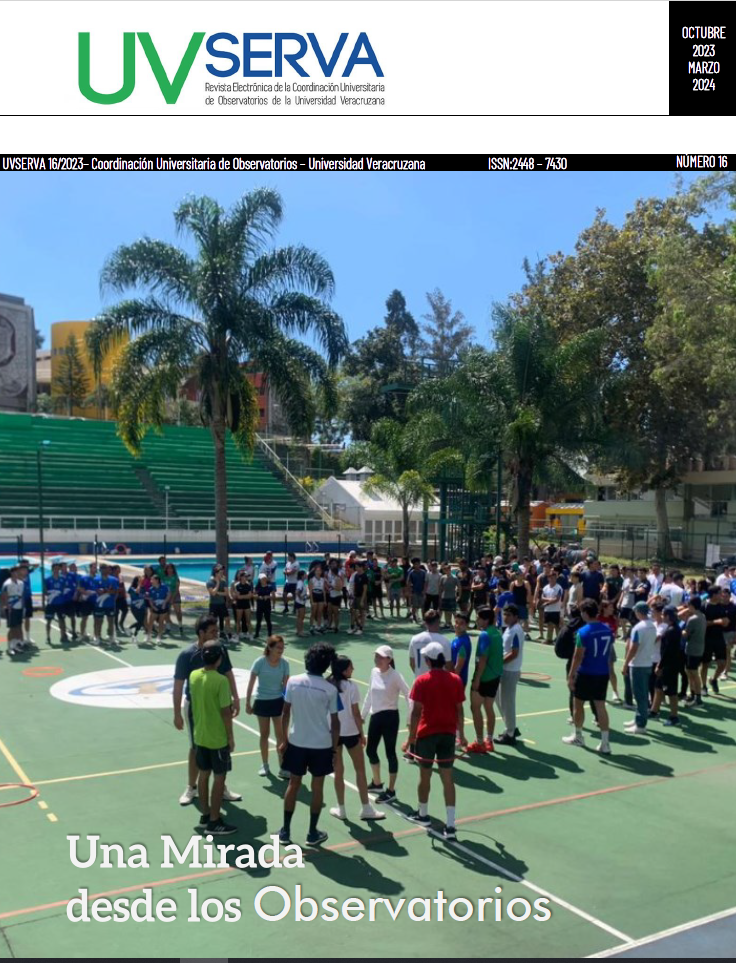Abstract
As part of the dissemination activities by the National Postgraduate Observatory (ONAPO), this document was prepared, which collects and analyzes information related to the levels of specialty, master’s, and doctoral study in Mexico, during the periods of 2016-2017 to 2021-2022, with the aim of knowing the current state of supply and demand for postgraduate courses in the country. The data presented in this document were retrieved from the official website of the National Association of Universities and Institutions of Higher Education (ANUIES, by its acronym in Spanish), which they can be compared and interpreted according to some indicators, such as the distribution by province, levels of studies, areas of specialization, gender, offer and demand, and indicators of inclusion in postgraduate courses such as students who speak indigenous languages and the disabled. Among the most important findings of this study was the 27% increase in the total number of postgraduate courses offered in the country from the period 2016-2017 to 2021-2022, in addition, an increase was observed in the presence of the female gender in most of the programs, as well as that of students who speak a native language and students with a disability. On the other hand, the students' preference for pursuing a postgraduate degree at the master's level was reflected, mainly in the areas of Administration and Business, Social Sciences and Law, and Education; regarding the offer of postgraduate degrees in all areas, the majority is in Mexico City.
References
Asociación Nacional de Universidades e Instituciones de Educación Superior. (2023, agosto). Anuarios Estadísticos de Educación Superior.
Becerra, J. (2013). Estadística descriptiva. Facultad de Contaduría y Administración. UNAM.
Observatorio Nacional del Posgrado, ONAPO (2023). Datos e indicadores. https://www.uv.mx/onapo/
Observatorio Nacional del Posgrado, ONAPO (2023). Mapa interactivo de los posgrados en México. https://www.uv.mx/onapo/
Organización para la Cooperación y Desarrollo Económico (OECD) (2022). “Mexico”, in Education at a Glance 2022: OECD Indicators, OECD Publishing, Paris. DOI: https://doi.org/10.1787/a842076d-en

This work is licensed under a Creative Commons Attribution-NonCommercial 4.0 International License.
Copyright (c) 2023 Rabindranarth Romero-López, Ximena Anell-Parra

